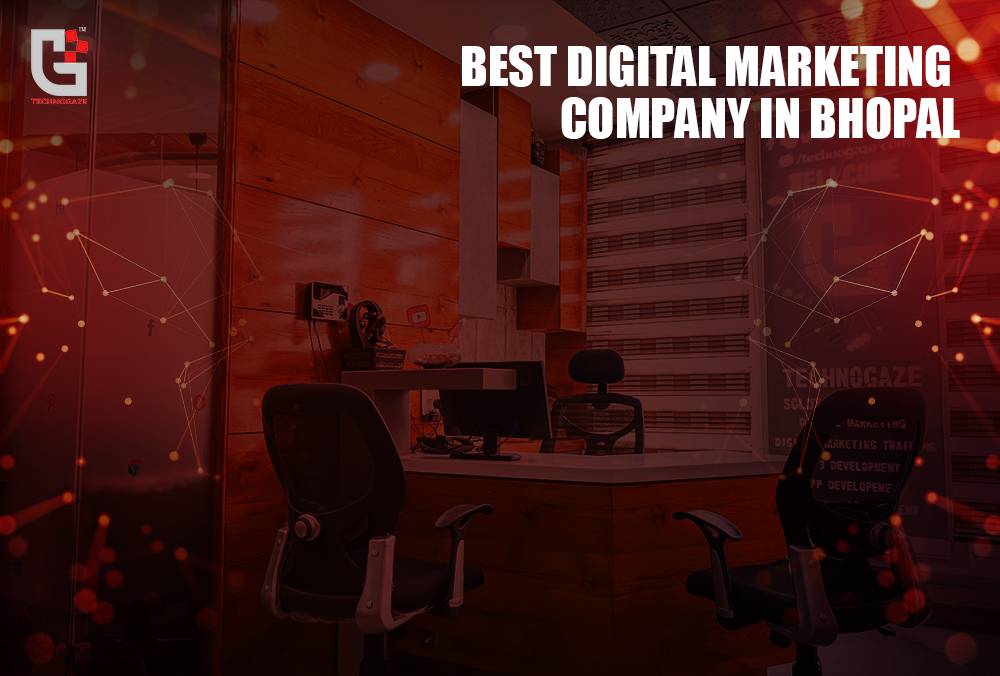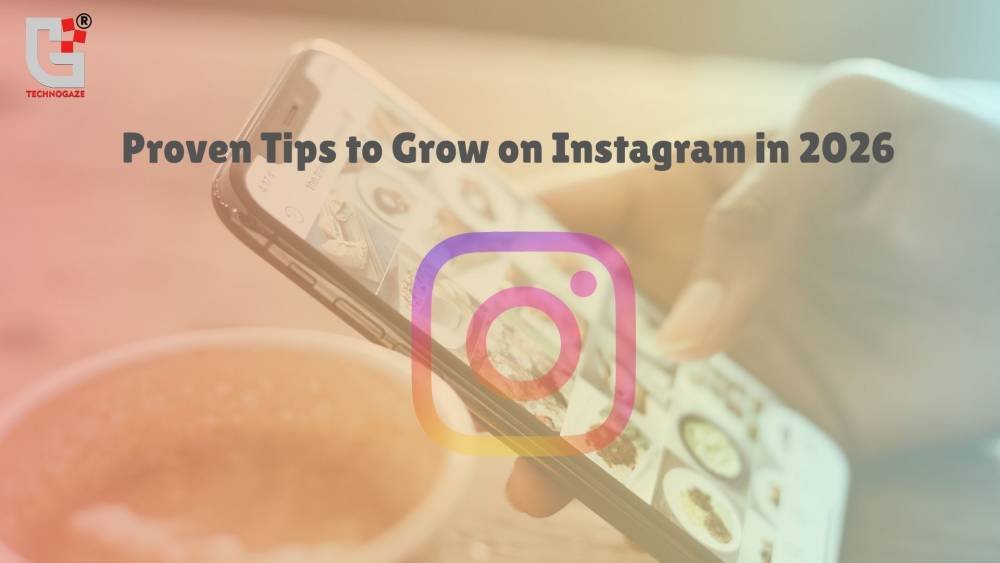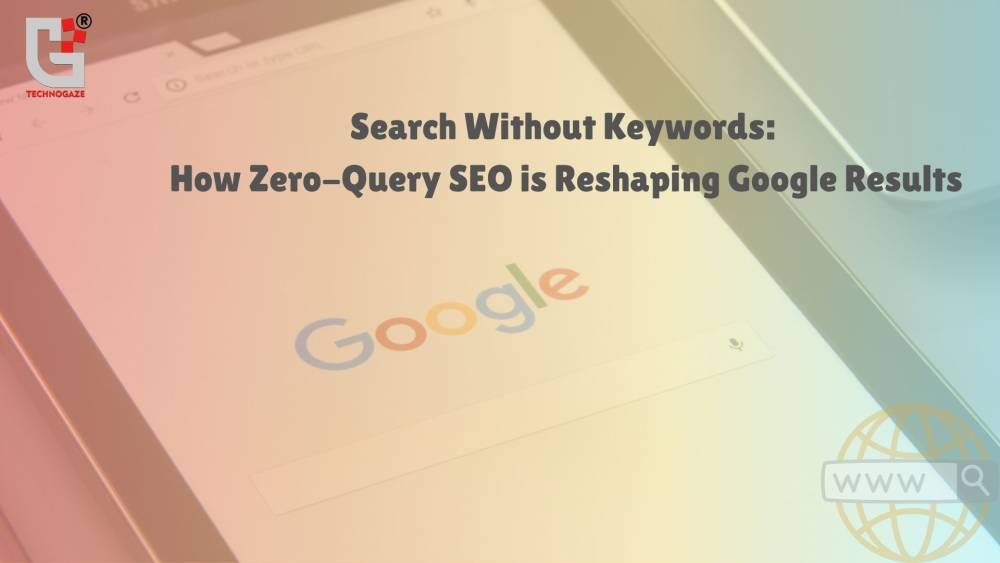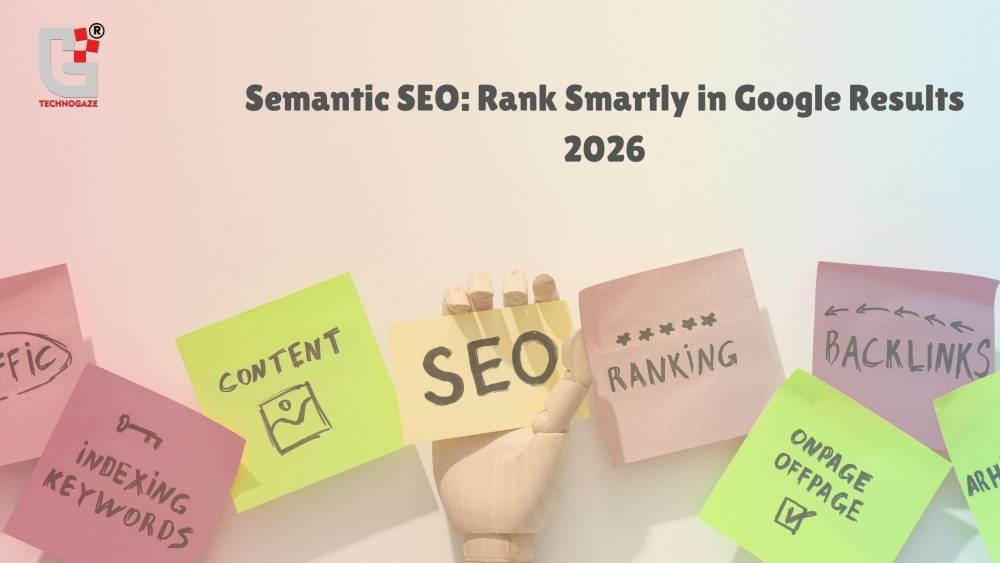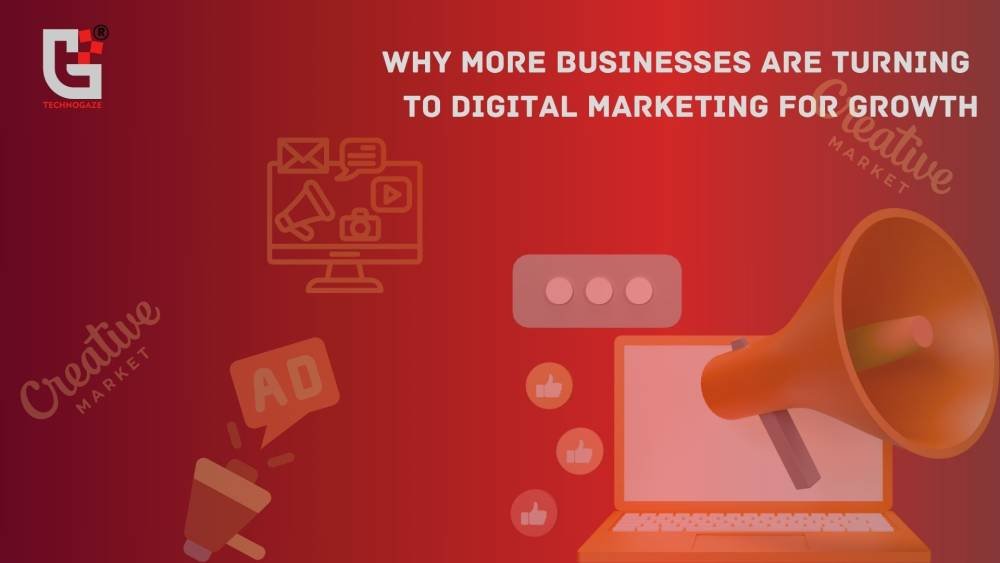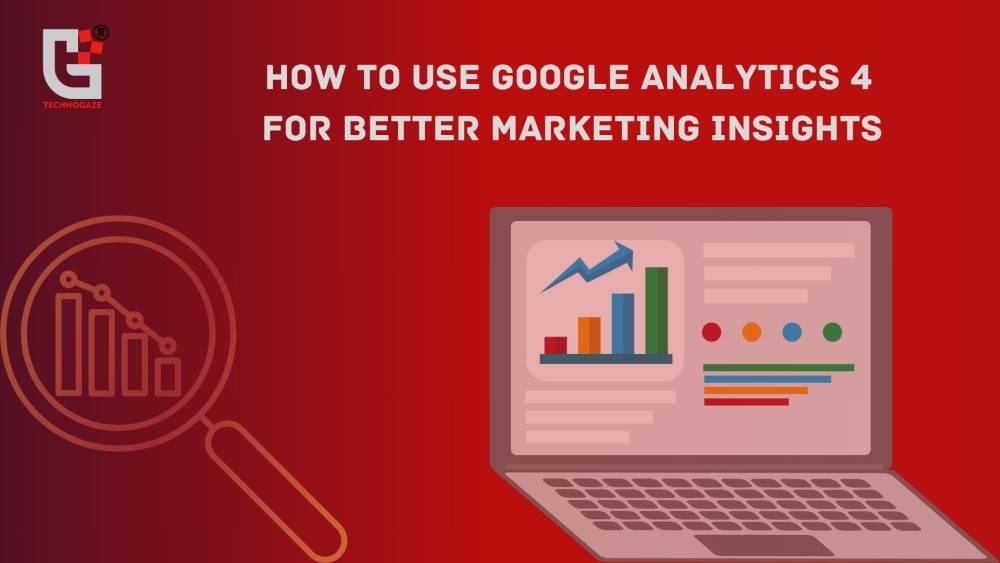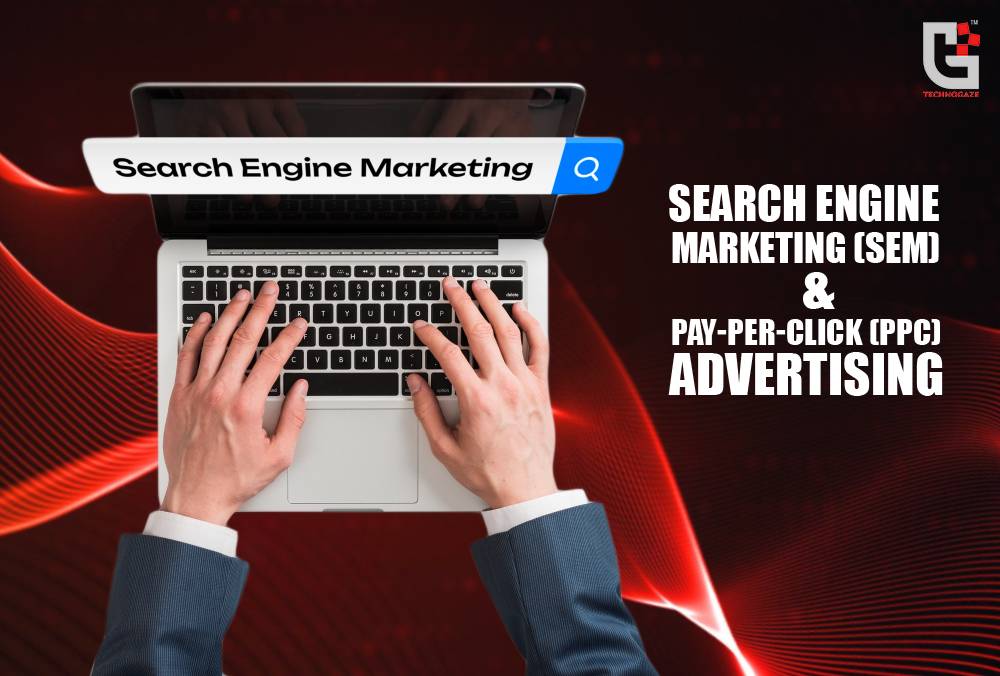
Learn To Use Search Engine Marketing (SEM) & Pay-Per-Click (PPC) Advertising To Reach Your Targeted Audience
Search engine marketing is about improving the appearance of your products and services on a search engine (such as Google or Bing) through paid advertising as a result of the customer's search. Previously used to describe paid and organic advertising, SEM is now only used to describe paid advertising.
Advertisers bid on keywords to receive paid advertisements on these search engine results pages. These include keywords related to their goods and services and search terms that users may type into search engines to obtain targeted results.
Advertisers whose bids on particular keywords are successful will see their ads in the search results for those searches.
This is referred to as pay-per-click (PPC) advertising. PPC and search engine marketing (SEM) are nearly synonymous. PPC is SEM's most crucial component.
SEM Importance
As more and more people conduct product research and make purchases online, search engine marketing has emerged as a key Internet marketing tactic for expanding a business's reach.
When people enter search queries on websites, they are in a great mood to purchase, they expect to find commercial content, unlike on social media sites, where they are not specifically searching for something. It is the most convenient time for search marketers to approach them.
Compared to most digital marketing advertising, PPC advertising is non-intrusive and does not interfere with users' tasks. SEM provides instant results. It is undeniably the quickest method of increasing website visitors.
Essential Components of a Search Ad
A search advertisement consists of a few parts. The following are those:
Headline: The headline, or the hyperlinked portion of the advertisement that appears in blue on Google, is shown at the top. There is a 30 or 35 character limit for headlines.
Description: A brief introduction is contained in the text below the headline. The descriptions are limited to 90 characters.
Extensions (Optional): Although optional, extensions offer advertisers more choices for what viewers may do with the advertisement.
Landing Page: The page on your website that prospective buyers land on after clicking the advertisement.
Steps To Create Ads
The process of making a sponsored search engine advertisement involves multiple steps. This is what the process contains.
Research on Keywords
Search ads target the specific terms that prospective buyers are searching for. Researching the keywords people use to search for your product or service is the first stage in search engine marketing (SEM).
Cost of Keywords
The next step is to focus on the cost after sorting the keywords you want to rank for. The most crucial element is the competition of the keywords you're bidding on. The cost will increase with the level of competition among the keywords. Click-through rate (CTR), ad rank, and your Quality Score are other factors that may contribute to the cost.
Targeting SEM
Because it gives advertisers the ability to target specific audiences, search engine marketing (SEM) is an effective marketing technique. For example, you can target customers by location, device, and certain times of day. You can get the most out of your advertising budget by targeting your ads at visitors that fit your ideal client profile.
Advertising Bids
You must enter an ad auction to place an advertisement on a search engine. For example, Google Advertising uses the Quality Score to assess advertising depending on the keywords you wish to bid on and the price you are willing to offer.
Tools for Search Engine Marketing
Google Ads Keyword Planner:
This is a useful tool for keyword research because most marketers are likely aiming for their advertisements to appear on Google. The tool also provides bid amount suggestions for particular keywords to help you set up a budget. With the application, you can start your campaign and draft an advertising strategy.
Google Trends:
When beginning your research, Google Trends is a useful and cost-free resource. You may use these features to help you get ideas for your advertisement by seeing how popular a keyword is on Google over time, narrowing down your search to a specific nation, and finding related inquiries depending on the words you are searching.
In what way does SEM cost?
When it comes to SEM costs, there isn't a single answer that is universally applicable. Think about how your company currently attracts clients. Over the next year, you might grow your clientele by a specific amount.
Examine the number of people who visit your website right now and the percentage who become buyers. Refer to this as your conversion rate.
Working backward, you may determine how much traffic you need to generate enough leads to reach your new objective if you know how much traffic it takes to build your current client base. This test will also assist you in determining whether your website's sales or conversion rate needs to be improved.
Another best strategy when assessing cost is to look at what competitors spend, keeping your goal value in mind, and recognizing that you may spend a bit more than them to get yourself on page one.
Bottom Line
Make sure a team member can monitor the progress of your SEM campaign regularly. Despite its ease of use, SEM is not a setup that can be put up once and left forgotten. Keywords, search volumes, trends, and additional factors are subject to daily change. If your internal resources cannot review insights and optimize your campaign continually, you can employ a nearby agency to handle this. SEM can grow into a source of revenue with the appropriate efforts.
Author Details
Latest Posts
-
1November 15, 2025
-
2
-
3October 11, 2025
-
4
-
5


